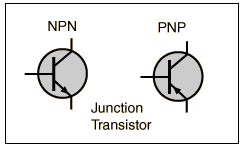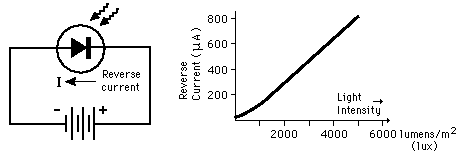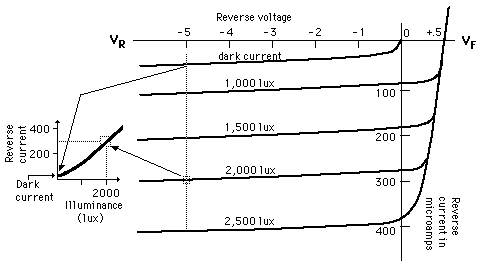Transistor
 |
The generic transistor is called a bipolar junction transistor and is formed by two p-n junctions formed with the same substrate material, indicated by the middle letter in pnp or npn transistors. The transistor acts as a current amplifier, having many applications for amplification and switching. |
Electronics concepts
Transistor varieties
| HyperPhysics*****Electricity and magnetism | R Nave |



